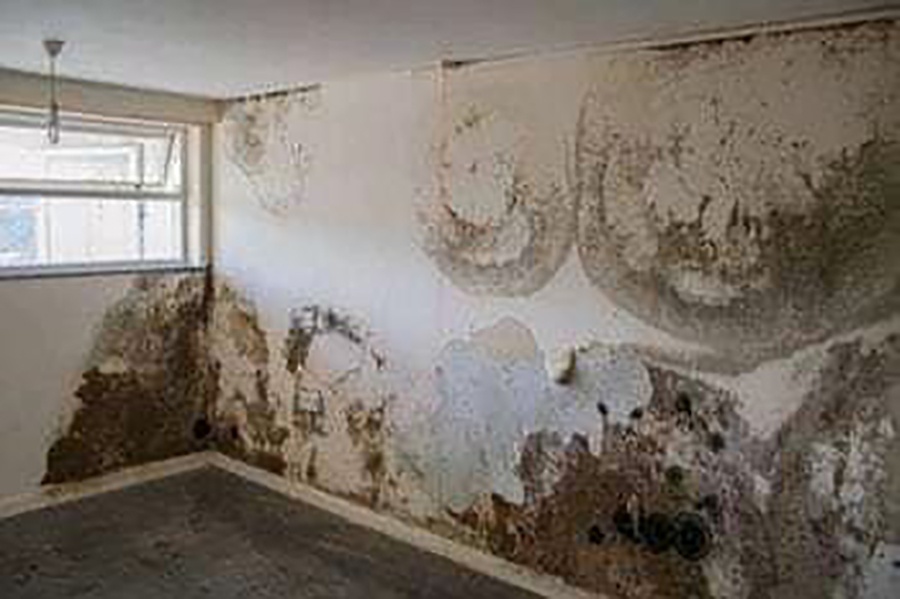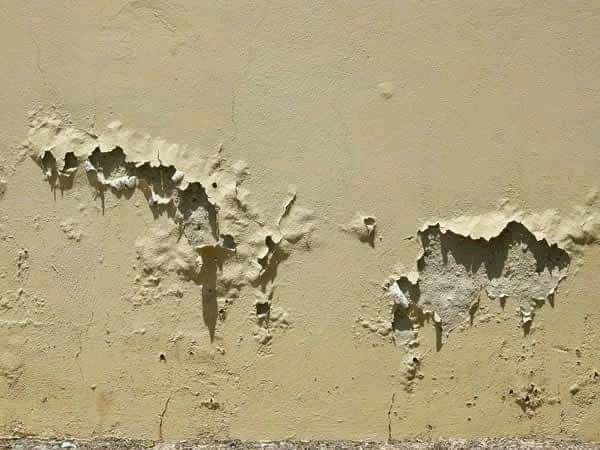
Dampness in buildings and how to prevent it
Baca Juga

Every building will sparkle after the final finishing, and then just like a setup, the walls will start peeling off. This is the most painful moment for the Landlord, or even very disturbing for the tenant.
Besides the dampness making the walls dirty and unimpressive, it gives a specific form of discomfort and indeed, could cause a few health troubles for the residents.
But what is dampness? Dampness is the presence of unwanted moisture in the structure of a building either by the result of intrusion from outside or condensation from within the structure /building.
Type of Dampness
Condensation dampness
This is caused by moist warm air condensing on cool walls particularly in rooms that naturally generate a lot of air moisture such as kitchen and bathrooms. This form of dampness presents itself through water drops on windows or walls and comes with an unpleasant mouldy smell.
Rising dampness
This is caused by groundwater moving up through walls or floors.
According to Engineer Abdul Mwanje of First Village Technical and Construction Company, this is however usually stopped from causing damage by a barrier called a damp proof course or damp proof membrane.
“A Damp proof course is a waterproof horizontal strip usually made of plastic or bitumen fults built into the wall at the height at least 15cm above ground level,” he says.
“A Damp Proof Membrane is a sheet of material that is impervious to water, which is laid underneath the floor. This should be connected to the damp proof course so that the house is effectively sealed and protected from groundwater.”
This form of dampness presents itself through damaged skirting boards/plaster, peeling paint and wallpaper often with wet patches among other symptoms.
“Other symptoms include; White powder-like substance on the walls left by soluble salts dissolved in the water, tide marks rising up the wall and if the problem is coming from the floor, you may notice floor covering lifting up,” Mwanje says.
Penetrating dampness
Penetrating dampness is caused by water leaking through the walls. This type of damp may expand across your walls or ceiling but this will move horizontally rather than traveling up walls as the case with rising dampness.
“This shows damp patches on walls or ceilings which may darken when it rains,” Mwanje says.

Preventing dampness
-Defective construction
-Moisture entrapped during construction
-Rain penetration
-Level of site
-Climate conditions
-Defective orientation of buildings
Methods of preventing dampness
Introduce damp proof course during the construction of foundation especially in waterlogged areas to avoid dampness and moisture.
Using the raft foundation mostly in waterlogged areas, proper concrete mix ratio and fine aggregates which helps to make concrete impervious.
Adequate concrete thickness. Using bitumen on concrete roof surfaces. One must also choose breathable paint during finishing.
“Cavity wall construction. This shields the main wall of the building on the outer skin wall,” Mwanje says.
In case the dampness is already on, block every leak from internal plumbing system. IE replace damaged pipes and make sure the joints are properly sealed.
Pipe away rainwater from the roof out of the building either to the main drain or soakway. Check and repair blockages to downpipes.
Avoid trees of strong roots close to the building to stop cracks on walls and damage to pipes
Lower the ground floor outside the building if possible.
Opening up a building to allow air to flow in and out is important.
Use of vents in buildings.
Breathable or permeable internal paint to allow the dispersal of moisture from splatters wall.
The post Dampness in buildings and how to prevent it appeared first on Nile Post.

0 Response to "Dampness in buildings and how to prevent it"
Post a Comment